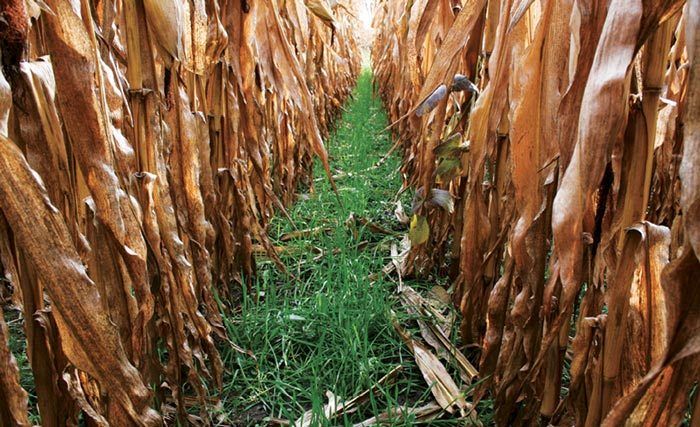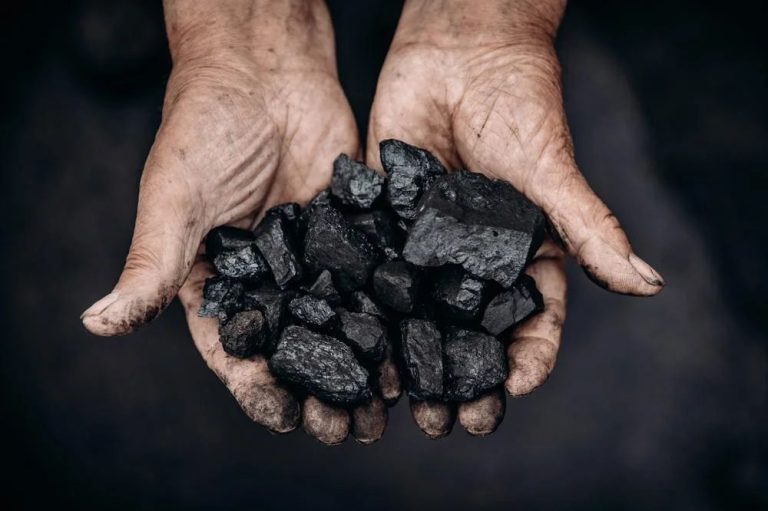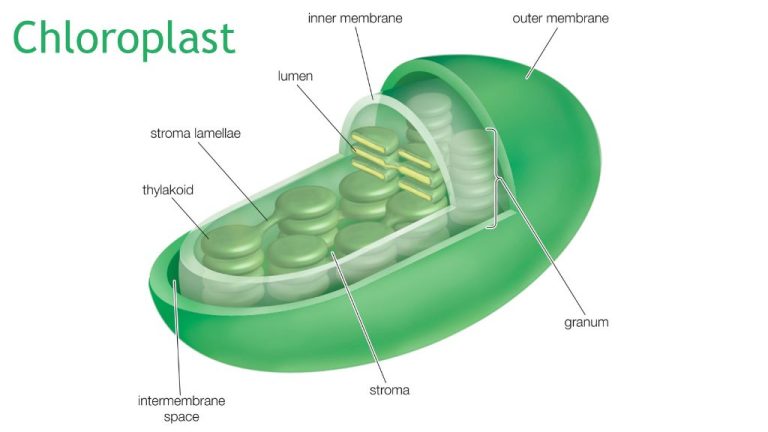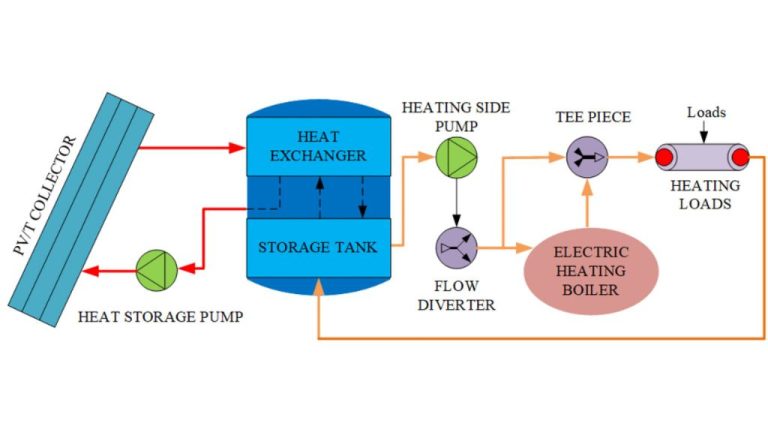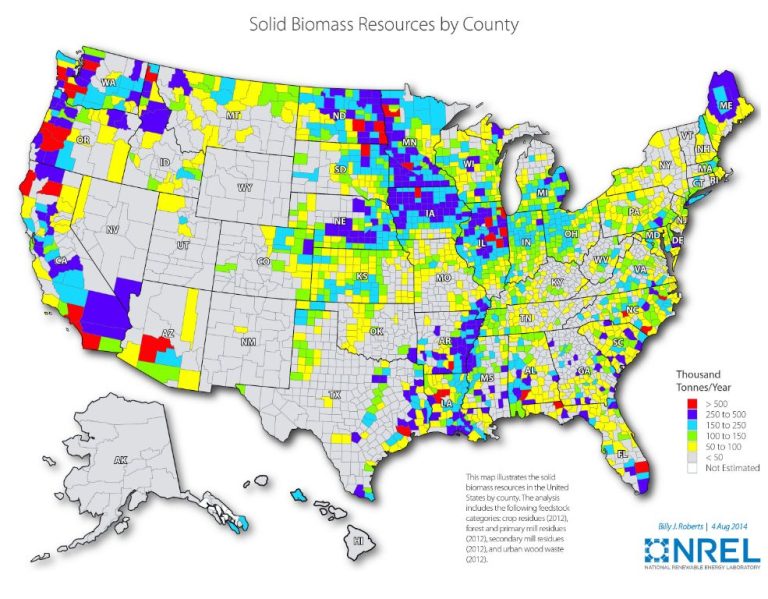What Is The Current Status Of Biofuels?
Biofuels are fuels produced directly or indirectly from organic material (biomass) including plant materials and animal waste. Unlike fossil fuels like oil, coal and natural gas that take millions of years to form, biofuels can be produced relatively quickly from renewable feedstocks. The term “biofuel” is commonly associated with liquid transportation fuels like ethanol and biodiesel that are used as replacements or additives to gasoline and diesel fuels. However, biofuels can also be produced in solid, liquid or gaseous forms for use in power generation, transportation, and heating applications.
Biofuels have a long history, going back thousands of years to when wood was burned for heating and cooking. In the late 19th and early 20th century, Rudolf Diesel ran his engines on peanut oil and Henry Ford planned to build cars that ran on ethanol. Interest in biofuels surged in the 1970s during the oil crisis but declined once oil prices stabilized. In the last 20 years, concerns about energy security, climate change, and rural economic development have renewed interest in biofuels, especially in the transportation sector.
Types of Biofuels
Biofuels are renewable energy sources derived from organic matter like plants and biomass. The three main types of biofuels are:
Ethanol
Ethanol is an alcohol produced mostly from the sugars and starches found in crops like corn, wheat and sugarcane. It is commonly blended with gasoline as a transportation fuel. The majority of gasoline in the US contains around 10% ethanol.
Biodiesel
Biodiesel is made from vegetable oils, animal fats or recycled greases. It can be used as a diesel substitute for vehicles, equipment, generators and heating. Common feedstocks include soybean oil, canola oil and animal fats.
Biogas
Biogas is produced from the anaerobic digestion of organic matter like manure, sewage, crop residue and food waste. The main components of biogas are methane and carbon dioxide, which allows it to be used similarly to natural gas.
Production Methods
There are several main methods used to produce biofuels on an industrial scale:
Fermentation
Fermentation uses yeast or bacteria to convert sugars from biomass feedstocks into ethanol or butanol, which can then be used directly as a fuel. The most common feedstock for fermentation is corn starch or sugarcane juice, but cellulosic sources like crop residues or wood chips can also be used with additional processing steps.
Transesterification
Transesterification uses fats, oils or greases combined with an alcohol (usually methanol) and a catalyst to produce biodiesel. Common feedstocks are vegetable oils like soybean, canola, palm or waste cooking oils. The process separates the glycerin from the fat molecules, leaving behind biodiesel.
Anaerobic digestion
Anaerobic digestion uses microorganisms to break down organic matter like animal manure, food waste or plant material in an oxygen-free environment. This produces biogas which is mostly made up of methane and carbon dioxide. The biogas can be used to generate electricity and heat or can be processed into renewable natural gas or transportation fuels.
Sources and Feedstocks
Biofuels can be produced from a variety of biological sources, called feedstocks. The most common feedstocks for biofuel production include:
Corn – The starchy content of corn can be converted into bioethanol through fermentation and distillation. The US produces large amounts of corn ethanol, however there are concerns about its impact on food prices.
Sugarcane – Sugarcane can be processed into bioethanol, especially prevalent in Brazil which is the world’s largest sugarcane ethanol producer.
Vegetable oils – Oils from soybeans, canola, palm, and other oilseeds can be converted into biodiesel through a chemical process called transesterification.
Animal fats – Animal fat from poultry, beef, and pork industries are another feedstock for producing biodiesel via transesterification.
Algae – Algae can be grown and harvested to extract oils suitable for conversion into various biofuels. It has advantages of fast growth and high oil yields but currently faces challenges with large scale production.
Benefits
Biofuels offer several key benefits that make them an attractive option compared to fossil fuels. First, biofuels are renewable, meaning the feedstocks used to produce them can be regrown over relatively short periods of time. This contrasts with fossil fuels like oil and natural gas, which take millions of years to form and are not considered renewable.
The renewable nature of biofuels means their increased use can reduce society’s dependence on finite fossil fuel resources. Widespread adoption of biofuels has the potential to extend the lifetime of fossil fuel reserves and provide a cleaner alternative.
Biofuels also offer reduced greenhouse gas emissions compared to conventional fuels. While the exact emission reductions vary by feedstock and production method, most biofuels emit significantly fewer lifecycle emissions than gasoline or diesel. Widespread use of biofuels could help mitigate climate change.
Finally, increased biofuel production presents opportunities for rural economic development. Agricultural communities can produce feedstocks for biofuel production, creating local jobs and sources of income. Biofuel facilities built in rural areas also directly employ community members.
Challenges
While biofuels offer several potential benefits, their large-scale adoption also faces some key challenges that need to be addressed.
High costs
One major challenge is that biofuels are currently more expensive to produce than fossil fuels. The processes to grow the feedstocks and convert them into usable fuels require substantial inputs of land, water, energy and labor. As long as oil prices remain low, biofuels will have difficulty competing economically.
Food vs fuel debate
Some biofuels utilize food crops like corn and sugarcane as feedstocks. This pits biofuels against food production, especially in developing countries. With a growing global population, some argue that arable land should be prioritized to grow food over fuel.
Land use changes
The increase in biofuel production has changed land use patterns in some regions. Valuable habitats like forests and grasslands have been converted to grow biofuel feedstocks. This can negatively impact biodiversity and release carbon stored in soils and vegetation.
Limited production scale
Despite rapid growth, biofuels still account for only a tiny fraction of global transportation fuel use. Massively scaling up biofuel production would require huge amounts of land, water and other resources. It remains uncertain whether biofuels can feasibly displace fossil fuels to a significant degree in the future.
Current Production Levels
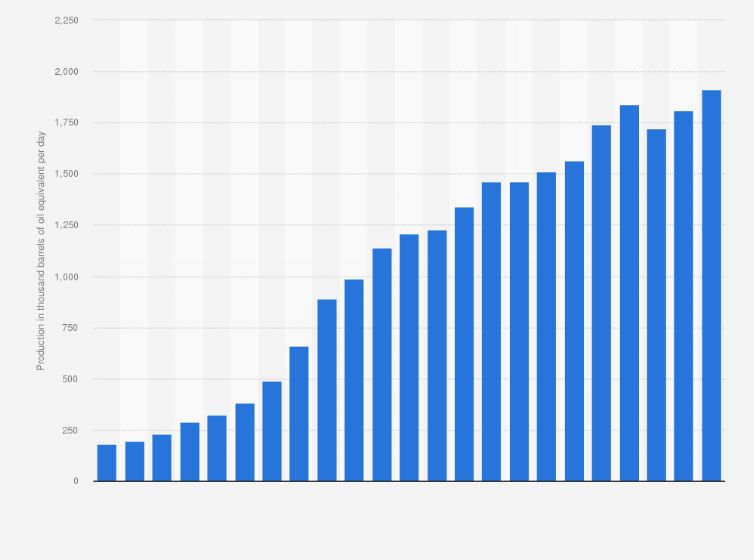
Global biofuel production has grown significantly over the past couple of decades, with ethanol and biodiesel being the most common types. Ethanol production has increased from less than 10 billion gallons in 2000 to over 25 billion gallons in 2018. Biodiesel has also seen major growth, rising from less than 1 billion gallons in 2000 to over 6 billion gallons in 2018.
In the United States, which is the largest producer of biofuels, ethanol production reached 16.1 billion gallons in 2018, accounting for about 10% of the gasoline market. Biodiesel hit a record high of 1.9 billion gallons in 2018, comprising about 3% of the diesel market. The renewable fuel standard mandates minimum levels of biofuels to be blended into transportation fuels.
The European Union is another major producer of biofuels, largely biodiesel. EU biodiesel production was approximately 9 billion gallons in 2018 while ethanol was around 1 billion gallons. Biofuels make up 7-8% of transportation fuels in the EU.
While biofuel production is still small compared to petroleum fuels, it has grown significantly and continues to increase driven by government biofuel mandates and incentives. Most projections expect biofuels to continue to expand their role in the global transportation fuel mix.
Government Policy
Government policies have played a major role in promoting biofuels production and use. Many governments have implemented blending mandates and targets that require a certain percentage of transportation fuels to come from renewable sources like biofuels. For example, the US Renewable Fuel Standard mandates that a certain volume of renewable fuels must be blended each year, with a goal of 36 billion gallons by 2022. The EU also has a 10% renewable energy mandate for transportation by 2020.
Governments also provide subsidies and tax credits for biofuels production. The US offers tax credits for cellulosic biofuels, biodiesel, and alternative fuels. The EU and Brazil also subsidize biofuels production. These incentives help lower the cost of biofuels to make them more competitive with fossil fuels.
Trade policies like tariffs also impact the biofuels market. The US and EU both imposed tariffs on imported biodiesel to protect domestic producers. But removing trade barriers could allow developing countries to expand their biofuels production and export more. Overall, government policies have been crucial for creating market demand for biofuels, though some critics argue the subsidies distort energy markets.
Future Outlook
The future of biofuels looks promising as technology continues to advance. There is significant potential for growth in advanced biofuels that can overcome some of the drawbacks of conventional biofuels.
Advanced biofuels, produced from non-food biomass like agricultural residues, municipal waste, and dedicated energy crops like switchgrass, have benefits over corn-based ethanol. They have higher energy density, lower lifecycle greenhouse gas emissions, and avoid competition with food production. Cellulosic ethanol from non-food plants and algae-based biofuels are two promising avenues for advanced biofuels.
For biofuels to reach higher production levels, several challenges need addressing. Continued research and development into more efficient production methods can help reduce costs. Improving logistics networks and infrastructure for distributing biofuels will also aid growth. Strong policy support is needed to incentivize advanced biofuels production and continue displacing fossil fuels. Public-private partnerships can promote development of new technologies and scale-up of production.
If these hurdles are overcome, some estimates project biofuels could supply over 25% of global transportation fuel demand by 2050. Realizing this potential will require surmounting technical and economic barriers, but the future is bright for next-generation biofuels to expand and deliver substantial benefits.
Conclusion
In summary, biofuels currently make up a small but growing share of global transportation fuel use. While they offer benefits like reduced greenhouse gas emissions, energy security, and rural economic development, they also face challenges around feedstock limitations, land use changes, and high production costs compared to fossil fuels.
Going forward, advanced biofuels produced from non-food biomass feedstocks represent the greatest opportunity to scale up production in a sustainable way. Key obstacles that need addressing include continued technology development to improve efficiency and lower costs, investment in infrastructure for distribution and use, and supportive government policies such as mandates, tax incentives, and funding for research. With continued innovation and coordinated policies, biofuels have the potential to play a much larger role in replacing petroleum-based fuels and contributing to a low-carbon economy.

